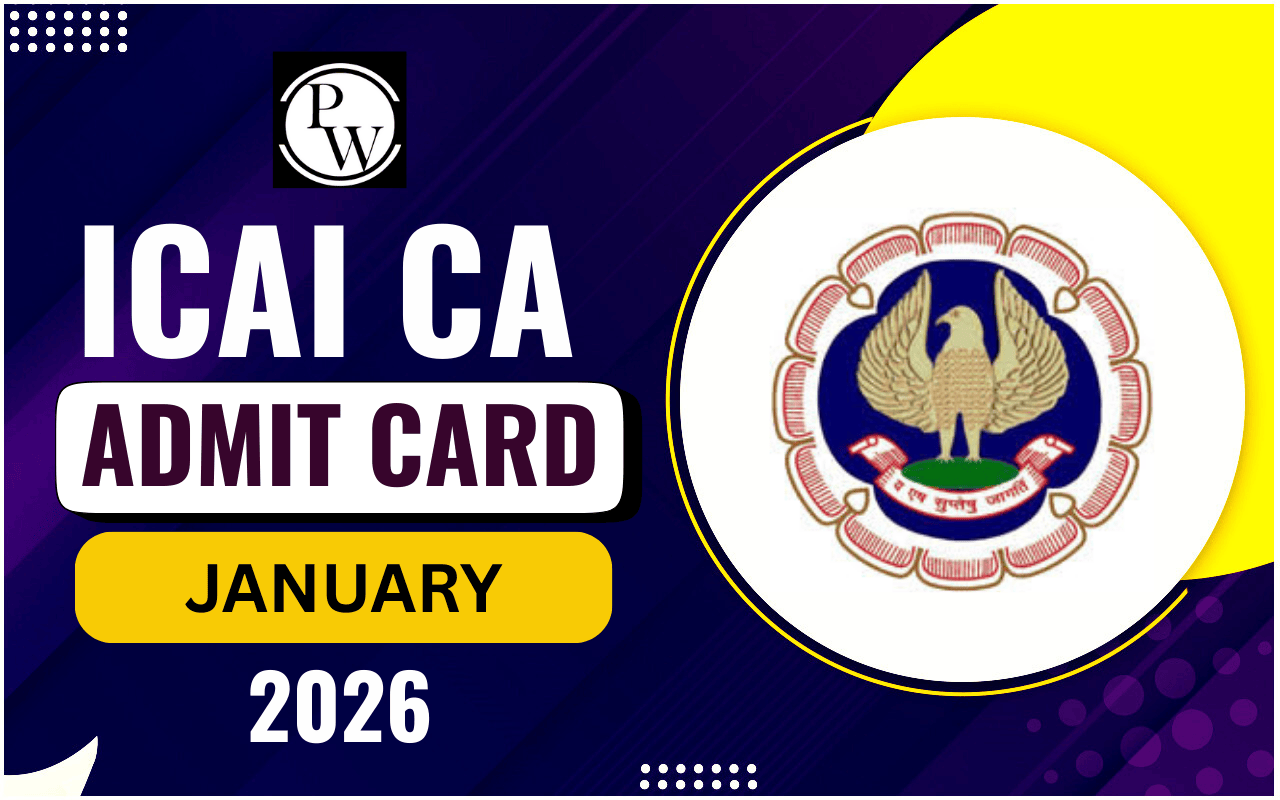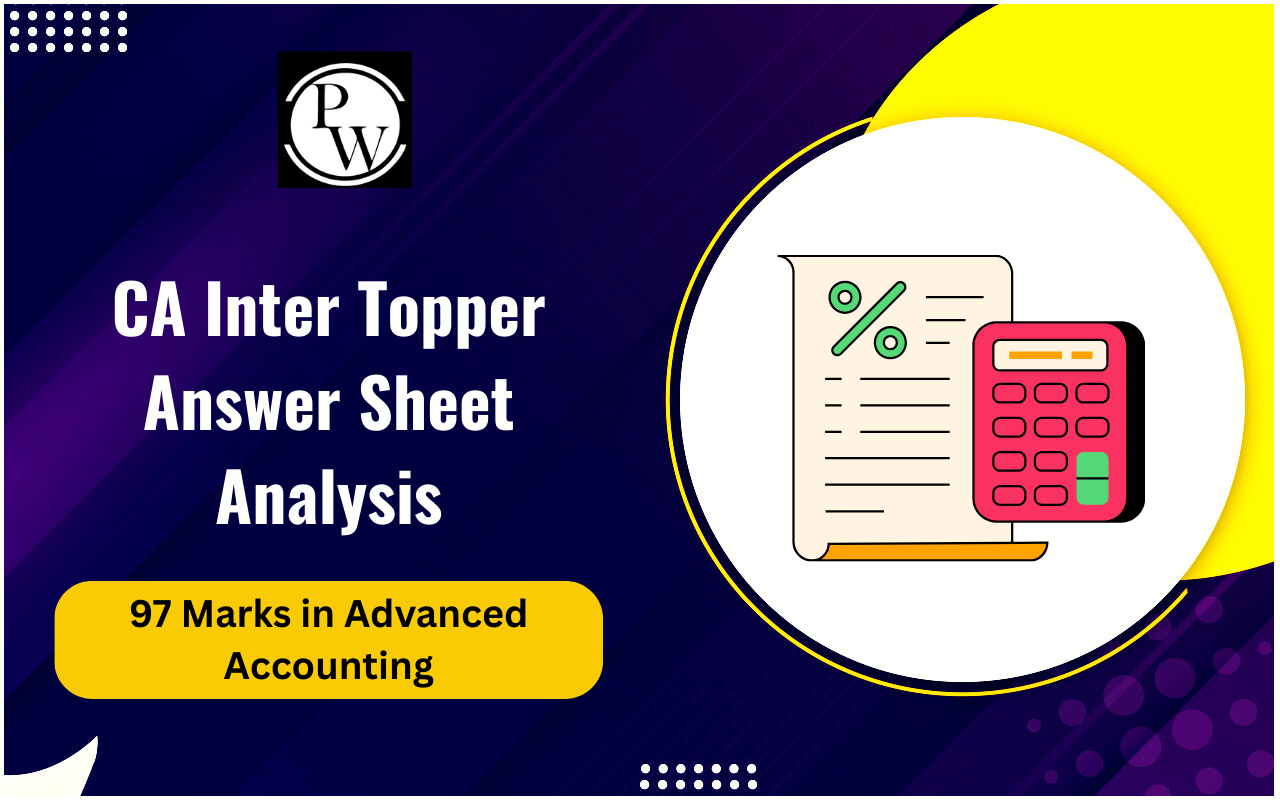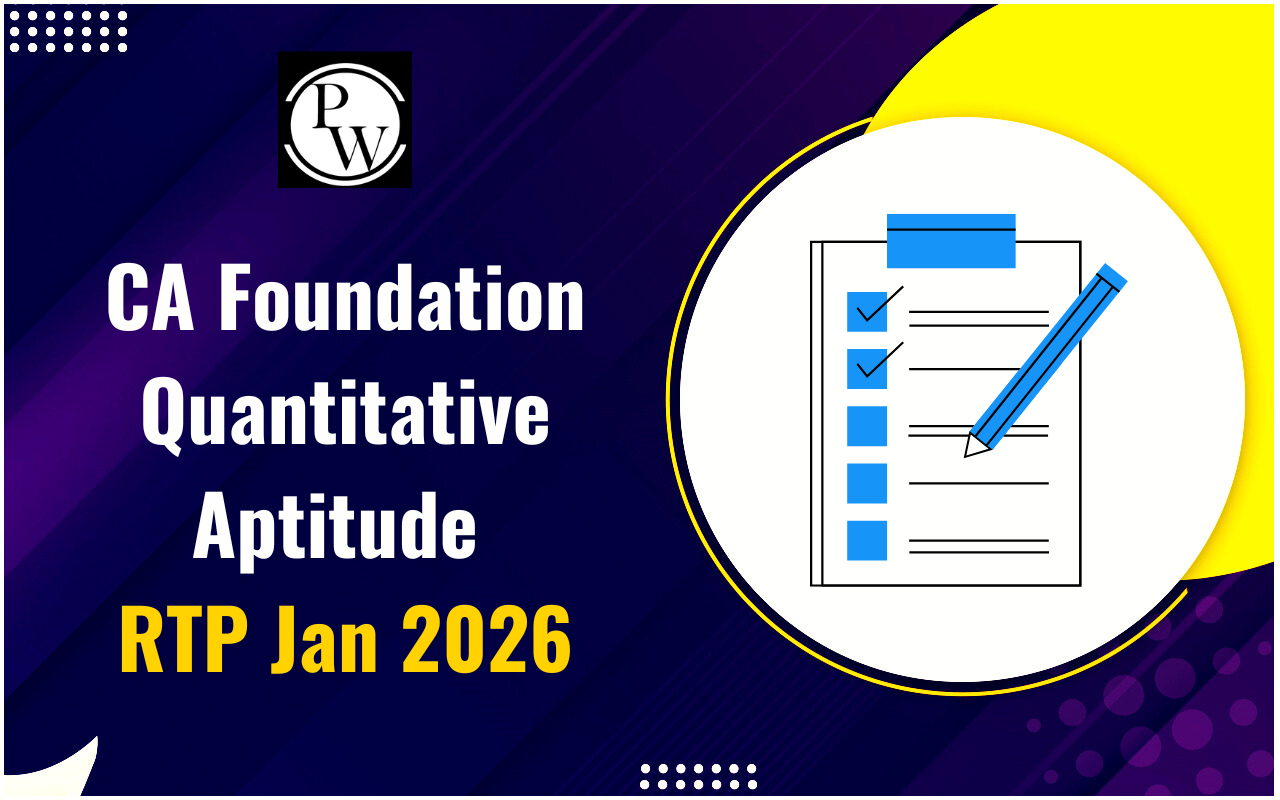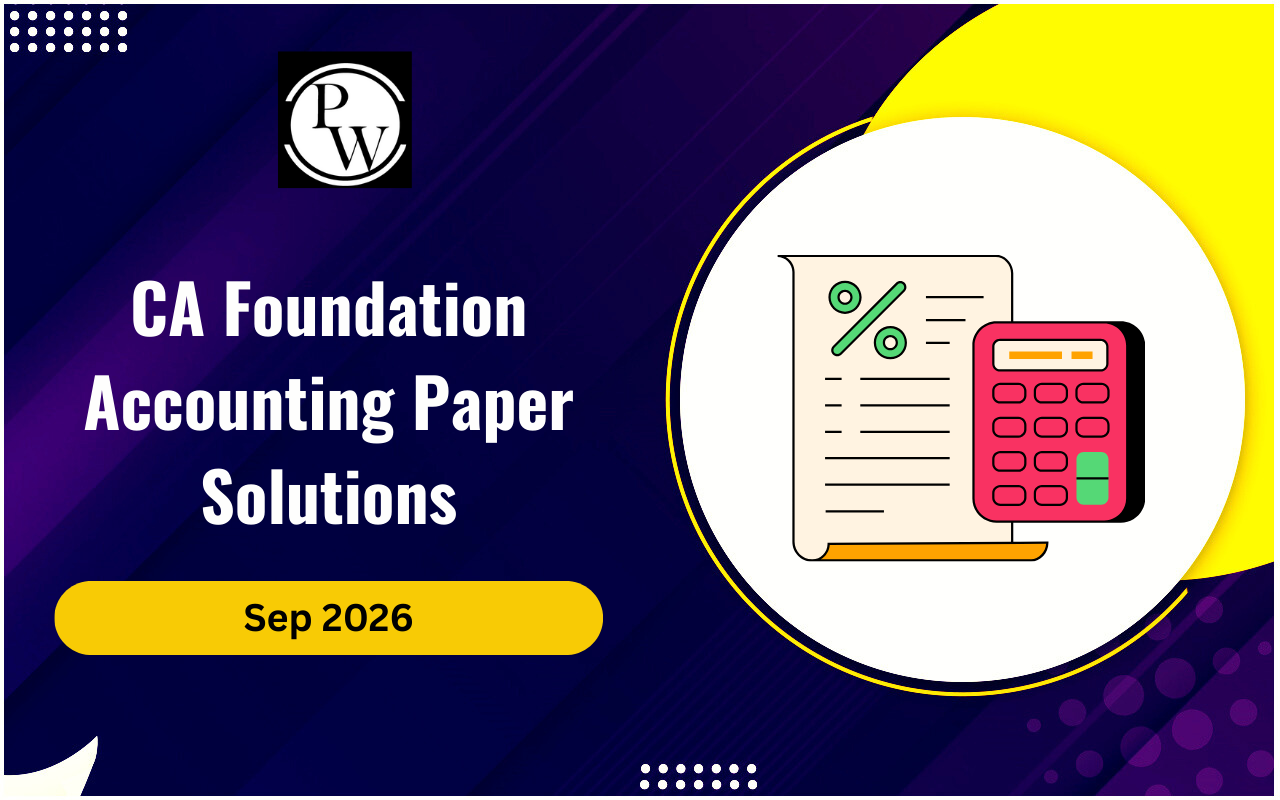
Income from house property is an important source of revenue and has distinct tax implications under the Income Tax Act in India. Chartered Accountants (CAs) play a crucial role in guiding individuals and businesses through the taxation landscape, especially when it comes to income derived from property. In this blog, we’ll explore how income from house property is classified, calculated, and taxed, and how pursuing a CA course can equip professionals with the expertise to manage such complex financial matters.
What Qualifies as Income from House Property?
Income from House Property applies to properties like buildings, houses, flats, or any land attached to buildings, such as a parking area. However, to be considered under this income head, the property should not be used for business or professional purposes. If the property is used for business purposes, the income earned is treated as business income, not house property income. There are two primary types of house property:- Self-Occupied Property : This is the property where the owner resides. Typically, a homeowner can designate only one house as self-occupied. For such properties, there is no rental income, but a standard deduction is available.
- Let-Out Property : A property that the owner rents to earn rental income. The actual rental income from such property forms the basis of the income calculation under this head.
Calculation of Income from House Property
The Income from House Property is calculated based on the property’s Gross Annual Value (GAV). The GAV is the potential rent the property could fetch in the open market. It’s important to note that GAV is determined regardless of whether the property is rented out or self-occupied. The steps to calculate the income are as follows: Determine the Gross Annual Value (GAV) : For a let-out property, the GAV is the actual rent received. For self-occupied property, GAV is zero. Subtract Municipal Taxes : Property taxes paid to the local municipal authority are deductible from the GAV. Only paid property taxes qualify for deductions, so if taxes are unpaid, they cannot be deducted. Calculate the Net Annual Value (NAV) : NAV is derived by subtracting municipal taxes from GAV. Formula : NAV = GAV - Municipal Taxes Claim Standard Deduction : The Income Tax Act offers a standard deduction of 30% on the NAV, covering repairs and maintenance, regardless of actual expenses. Deduct Interest on Home Loan : If a homeowner has taken a home loan, the interest paid on the loan can be deducted from the house property income. For let-out properties, there is no limit on interest deduction, while for self-occupied properties, the limit is ₹2 lakh per year. Calculate the Taxable Income : After the deductions, the remaining amount is considered as taxable income under the head Income from House Property.Deductions Under Income from House Property
The Income Tax Act provides specific deductions that reduce the taxable income under this head: Standard Deduction (30%) : This 30% deduction on NAV is provided to cover property maintenance, irrespective of actual repair or maintenance expenses. This deduction cannot be increased or decreased based on actual expenses. Interest on Loan Deduction :- For self-occupied properties , an annual interest deduction of up to ₹2 lakh is allowed under Section 24(b) for interest on home loans.
- For let-out properties , there is no upper limit for interest deduction, allowing taxpayers to claim the entire amount of interest paid on loans for acquiring or constructing the property.
Also Read: Advanced Accounting Financial Statements Of Companies
Taxation of Unrealized Rent and Arrears
Two additional components of income from house property include unrealized rent and arrears: Unrealized Rent : Rent that a landlord could not collect from the tenant can be deducted if specific conditions are met, such as making genuine efforts to recover the rent. Arrears of Rent : If rent is received in arrears, it must be declared in the year it is received and will be taxed under the income from house property, even if it was not previously included in GAV.Special Considerations for Jointly Owned Property
If a property is co-owned, the rental income and tax benefits are divided among co-owners according to their share in the property. Each co-owner can claim the full 30% standard deduction and, where applicable, individual home loan interest deductions, reducing the taxable income further.Tax Implications of Deemed Ownership
Deemed ownership is a provision where even if the property is not directly owned by an individual, it may still be considered as such for tax purposes. Scenarios where deemed ownership applies include property transferred to a spouse or minor child without adequate consideration, property owned through inheritance, or cases where the individual holds a power of attorney for the property.Filing of Income from House Property in ITR
Income from house property is reported in the Income Tax Return (ITR) under the "Income from House Property" section. The tax treatment varies depending on whether the property is self-occupied or let-out, and all applicable deductions should be accurately reported to reduce tax liability. Understanding income from house property, the associated calculations, and the deductions available helps taxpayers to accurately declare rental income and avail of tax-saving opportunities. By managing their house property income wisely, homeowners and landlords can optimize their tax liabilities, maximize deductions, and ensure compliance with the Income Tax Act. To further boost your CA exam preparation, explore PW CA Courses , designed to help you crack the CA exams with expert guidance and structured study plans.| Also Read: |
| CA Intermediate FM and SM Cost of Capital |
| Business Laws The Limited Liability Partnership Act, 2008 |
| Organizations Facilitating Business |
| Government Policies for Business Growth |
Income from House Property FAQs
What qualifies as Income from House Property?
Income from House Property includes rental income or potential rental value from buildings or land attached to buildings.
How is Income from House Property calculated?
It’s calculated by determining the Gross Annual Value, subtracting municipal taxes, applying a 30% standard deduction, and deducting home loan interest.
What deductions can I claim on house property income?
Deductions include a 30% standard deduction on NAV and home loan interest, up to ₹2 lakh for self-occupied properties.
How are arrears and unrealized rent taxed?
Rent received as arrears is taxed in the year received, while unrealized rent may be deductible if recovery efforts were made.
What is deemed ownership of property?
Deemed ownership applies when the property is indirectly owned, such as through inheritance, transfer to a spouse, or power of attorney.
🔥 Trending Blogs
Talk to a counsellorHave doubts? Our support team will be happy to assist you!

Check out these Related Articles
Free Learning Resources
PW Books
Notes (Class 10-12)
PW Study Materials
Notes (Class 6-9)
Ncert Solutions
Govt Exams
Class 6th to 12th Online Courses
Govt Job Exams Courses
UPSC Coaching
Defence Exam Coaching
Gate Exam Coaching
Other Exams
Know about Physics Wallah
Physics Wallah is an Indian edtech platform that provides accessible & comprehensive learning experiences to students from Class 6th to postgraduate level. We also provide extensive NCERT solutions, sample paper, NEET, JEE Mains, BITSAT previous year papers & more such resources to students. Physics Wallah also caters to over 3.5 million registered students and over 78 lakh+ Youtube subscribers with 4.8 rating on its app.
We Stand Out because
We provide students with intensive courses with India’s qualified & experienced faculties & mentors. PW strives to make the learning experience comprehensive and accessible for students of all sections of society. We believe in empowering every single student who couldn't dream of a good career in engineering and medical field earlier.
Our Key Focus Areas
Physics Wallah's main focus is to make the learning experience as economical as possible for all students. With our affordable courses like Lakshya, Udaan and Arjuna and many others, we have been able to provide a platform for lakhs of aspirants. From providing Chemistry, Maths, Physics formula to giving e-books of eminent authors like RD Sharma, RS Aggarwal and Lakhmir Singh, PW focuses on every single student's need for preparation.
What Makes Us Different
Physics Wallah strives to develop a comprehensive pedagogical structure for students, where they get a state-of-the-art learning experience with study material and resources. Apart from catering students preparing for JEE Mains and NEET, PW also provides study material for each state board like Uttar Pradesh, Bihar, and others
Copyright © 2025 Physicswallah Limited All rights reserved.
Get App









